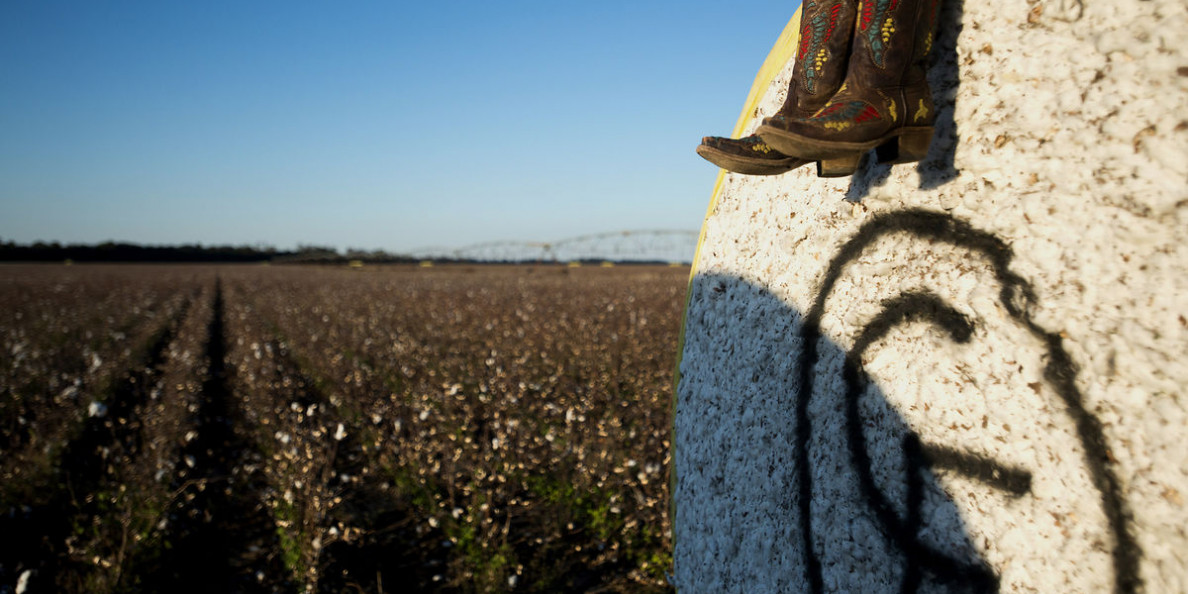Uncertainty is likely to stretch into August.
This season’s weather is provoking a lot of frustration among farmers, and confusion among market analysts.
We have been in an El Niño pattern since last fall, and it is predicted to continue into this coming fall. El Niño patterns frequently result in wetter than normal weather, and we have certainly seen that already.
This wet weather has disrupted intended plantings of spring crops. Some, maybe a huge number, of intended cotton plantings have been prevented in the Southern Plains. Other land has been planted late. A similar situation exists for corn acreage in the Midwest.
The short-term market reaction has been a rally in new crop corn futures while new crop cotton has been range bound. This, in turn, incentivized some last-minute revisions to planting (or replanting) intentions. The wet weather has even messed with these back-up plans.
From an analyst standpoint, this situation has added a lot more than the usual amount of uncertainty into the supply question. Typically, the extramoisture associated with El Niño patterns results in below average cotton abandonment and above average cotton yields. This year the situation has set up a reduction in acres as a potential offset to higher productivity per harvested acre.
This uncertainty is manifesting itself with the normal flow of supply and demand information. First, the June World Agricultural Supply and Demand Estimate report from USDA made no changes to the U.S. cotton supply and demand numbers, compared to May. I don’t fault them for waiting until July, when normally we would have a benchmark Planted Acreage report from USDA. This year, however, the late planting will raise more questions about the accuracy of those numbers.
Source: farmprogress.com